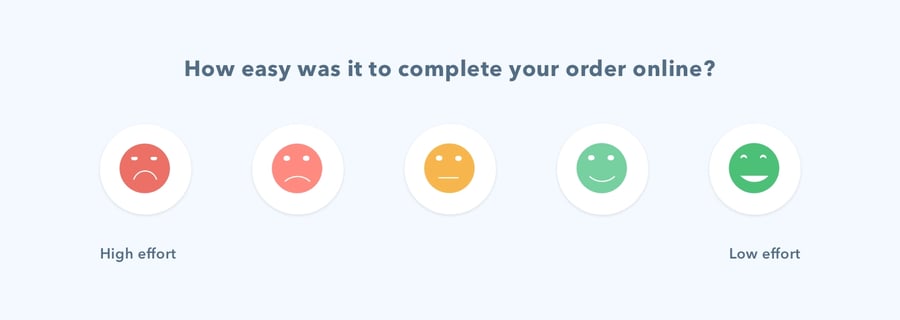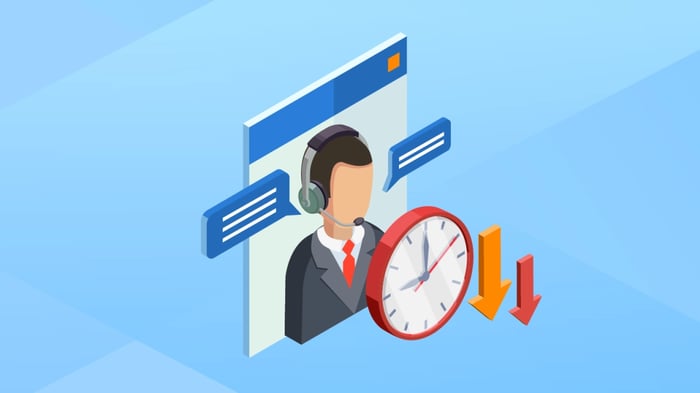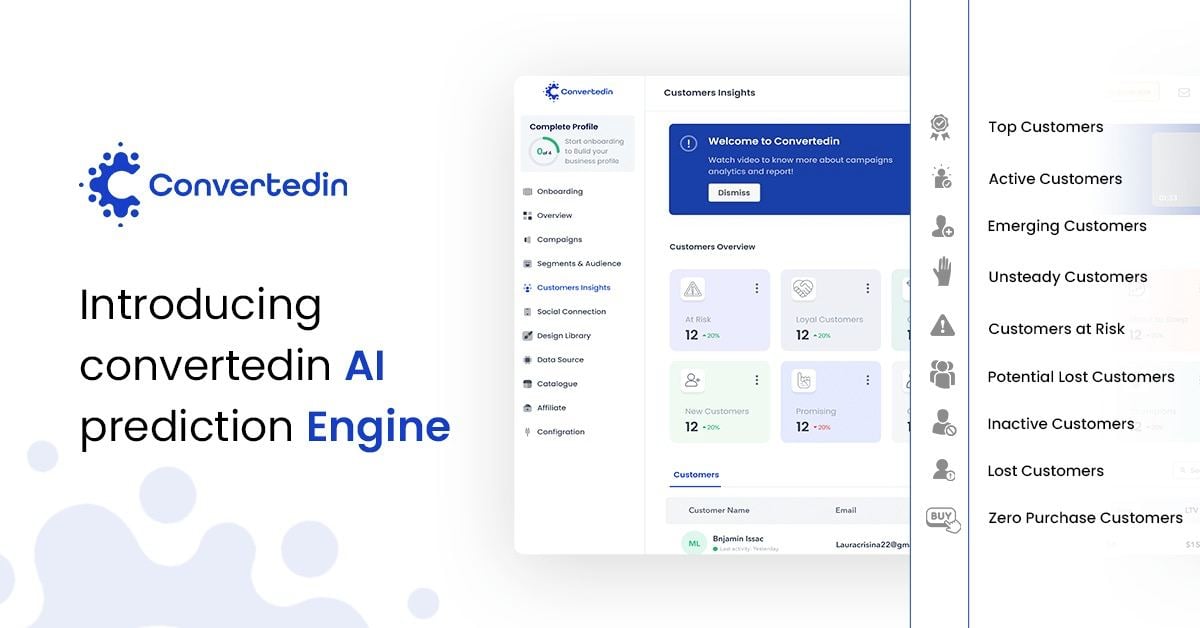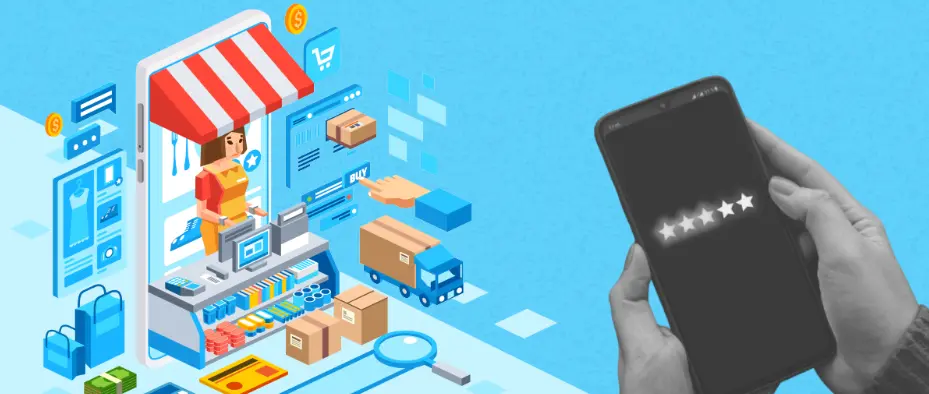Customer Effort Score: A Complete Guide + Tips To Increase It
In the evolving world of e-commerce, businesses rely on different types of metrics to ensure maximum customer satisfaction and an optimal customer experience.
In contrast, customers are adopting the fast pace of the business realm by favoring a seamless, simple, and effective shopping experience with minimum effort. Accordingly, a key metric emerges which is the customer effort score.
It’s a vital metric that delves into customers’ experience and monitors how easily shoppers interact with an online business and the easiness of customers’ achievement of their objectives.
In addition, it’s strongly linked with customer satisfaction and contributes to customer loyalty. So, its vitality can’t be questioned.
Therefore, in this article, we will look into customer effort score (CES), what it is, how to calculate it, and the best strategies to follow to increase your CES.
Table Of Contents:
- What is the customer effort score?
- How do you calculate customer effort scores?
- What is a good customer effort score?
- How to increase CES?
What Is Customer Effort Score?
Customer effort score (CES) is a customer experience metric that measures the effort customers exert to resolve an issue with your customer service, to purchase a product, or to reach a certain information they need.
The customer effort score can be easily calculated by asking shoppers through surveys a very simple question: How easy was it to interact with our company/online store?
How To Calculate Customer Effort Score?

You might wonder how you are going to calculate the amount of effort exerted by customers during their shopping experience.
Well, the answer is pretty simple. You just go back to customers and ask them.
Through surveys and feedback forms, you can calculate CES by requesting customers to answer the following statement:
- The company made it easy for me to place an order.
Customers answer based on a Likert scale ranging from strongly disagree to strongly agree.
Another way could be asking the following question:
- How much effort did it take to place an order?
The answer can range on a scale from 1-10 or 1-5, where 1 indicates easy while 5 indicates very difficult.
Another answer can be given through emotions faces, happy, neutral, and unhappy.
One way to calculate CES is by getting an average score. If you are using the 1-5 or 1-10 score scale, take the total number of scores divided by the total number of respondents.
Hence, if the total score is 500 and there are 100 respondents. Your average CES is 5.
It’s important to make sure not to include any ambiguity in your question or statement directed to customers. In addition, choose the right time to ask for customers’ opinions on the easiness of this process.
Hence, the right timing is after they place an order and after interacting with your customer service representatives. This ensures gathering the most accurate data and leveraging the recency effect.
What Is A Good Customer Effort Score For E-commerce Brands?
Generally, there are no widespread industry standards for the customer effort score.
Therefore, we can’t tell you certain benchmarks to compare with your CES. Yet, it goes without saying that the higher your score, the better your e-commerce performance and the less effort customers exert while interacting with your business.
So, as a rule of thumb, on a 10-point scale, a score of 8 or 9 is a good indicator of being on the right track regarding customer effort score.
In addition, to assess if your CES is a good one, you can compare your score across different periods of time. Hence, if you are witnessing an increase, you are certainly moving towards success.
How To Increase Customer Effort Score (CES)
1- Reduce Wait Times
The whole thing about CES is to reduce the amount of effort customers exert while dealing with your business. Hence, one way to increase CES is to reduce wait times.
Wait times is the duration taken between initiating a request and the completion of the request. Thus, you have to ensure that customers having an inquiry can easily reach you in a timely manner.
2- Decrease Your Response Time

Just like you have to reduce your wait time for a higher customer effort score, you have to decrease your response time.
Response time is the duration taken by businesses to respond to customers’ messages or requests. Thus, the least you can do is to reply to shoppers’ requests promptly as a way to improve their shopping experience.
Response time is an important factor for assessing CES. Accordingly, ensure that the customer support team is engaged to reply to customers' inquiries instantly. This will solve customers’ problems with minimal effort from their side which contributes to a higher customer effort score.
3- Ask Your Customer Service Representatives For Feedback
No one is going to know better about customers and if they are encountering any problems than your customer service representatives. They are the ones dealing directly with shoppers and solving their issues.
Thus, they have direct information from the customers themselves. This means that getting back to them will allow you to identify any deficiencies that customers exert extra effort to deal with.
Thus, listening to your customer service representatives will save so much time and will enable your business to delve more into the customer experience.
4- Provide Self-service Options
Self-service options enhance customers’ shopping experience by allowing them to gather information and solve issues without any customer service support. Hence, self-service options are more efficient and effortless.
This can be done by adding a FAQ section that includes detailed answers to important issues like shipping, return, exchange, etc. In addition, it has to be updated regularly.
Also, include AI chatbots to deal with customers’ inquiries while gathering their purchase history to provide a tailored response and to guide them along their shopping journey.
Last but not least, creating communities and forums is a successful way to increase customer effort scores. Whenever shoppers are facing any issue, instead of seeking a customer service representative, they just have to share it with a community of people who share the same experience. They are definitely going to get a response and with minimum effort too.
5- Make Customer Service Accessible From All Devices
This is a simple tactic, but it can go a long way for your e-commerce business.
To increase your customer effort score, you just have to ensure that customer service is accessible from all devices to ensure more convenience. Limiting customer service to desktop devices, for example, will require extra effort from customers to solve any issue, which is the scenario we are avoiding.
Accordingly, you have to offer customer support across various channels and most importantly accessible from mobiles as it’s the most used channel by online shoppers.
Final Thoughts:
Customer effort score is undoubtedly one of the most important metrics in e-commerce. However, it’s usually neglected by online businesses to assess the effort exerted by customers while interacting with their stores.
Yet, it’s worth mentioning that ease of customer interactions is a priority for the success of any e-commerce. In addition, it indicates the primary goal of customer-centricity.
Thus, to maximize your sales, and increase brand engagement and loyalty, you have to focus on increasing CES.
You have to also focus on incorporating a marketing automation tool into your store. It will gather your users' data to deliver a personalized multi-channel experience to boost customer engagement and ROI.
So, your go-to is definitely Convertedin.
ConverteIn is one of the best marketing automation tools that handle:
- Auto-segmentation
- Dynamic ads automation
- Email marketing
- Personalized product recommendations.
All of this and more are offered by Convertedin.
No time to waste, book your demo now!
 By
By


